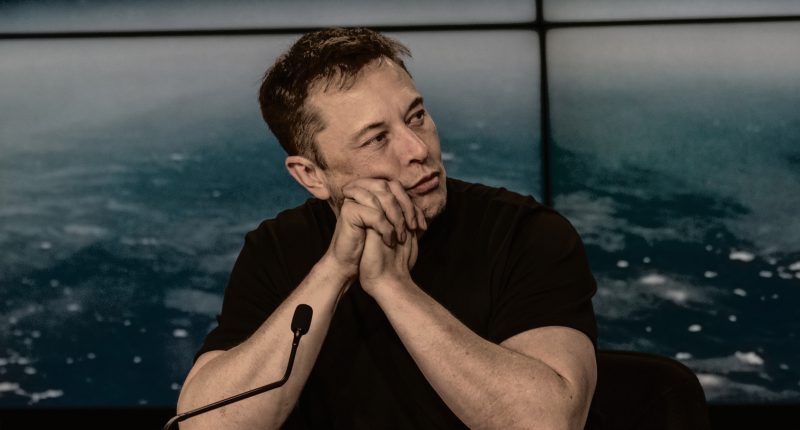In what had seemed inevitable for some time now, Elon Musk has now officially ended his pursuit for Twitter, as he pulls out of the much storied $44Bn acquisition of Twitter. This comes after reports had come in that Musk wasn’t convinced with the data Twitter had presented and was contemplating a pull out, despite the deal being approved by Twitter’s board and sent to its shareholders for further approval.
Ofcourse Twitter would take legal action against Musk and may even ask for a termination penalty. Twitter board chairman Bret Taylor tweeted, “The Twitter Board is committed to closing the transaction on the price and terms agreed upon with Mr. Musk and plans to pursue legal action to enforce the merger agreement. We are confident we will prevail in the Delaware Court of Chancery.”
The Twitter Board is committed to closing the transaction on the price and terms agreed upon with Mr. Musk and plans to pursue legal action to enforce the merger agreement. We are confident we will prevail in the Delaware Court of Chancery.
— Bret Taylor (@btaylor) July 8, 2022
Yet again, it is the amount of fake/bot accounts on Twitter, that has supposedly irked Musk and has become the reason for this pull out. In a filing, Musk’s lawyers said Twitter had failed or refused to respond to multiple requests for information on fake or spam accounts on the platform. Musk considers this metric as key to company’s business, in case he had acquired and would have taken it forward.
“Twitter is in material breach of multiple provisions of that Agreement, appears to have made false and misleading representations upon which Mr. Musk relied when entering into the Merger Agreement,” the filing said.
This pull-out would now result in a long, protracted legal battle, considering such larger acquisitions, specially of publicly traded companies, generally come with riders to avoid such a last minute fall-out. Twitter’s share prices have seen all sorts of volatility, ever since Musk announced his acquisition intentions. And today, the stock is down by 5%, with further decline expected.
Musk’s lawyers also cited, that Twitter fired a slew of senior executives and key members of its Talent acquisition team, breaching Twitter’s obligation to “preserve substantially intact the material components of its current business organization.”
